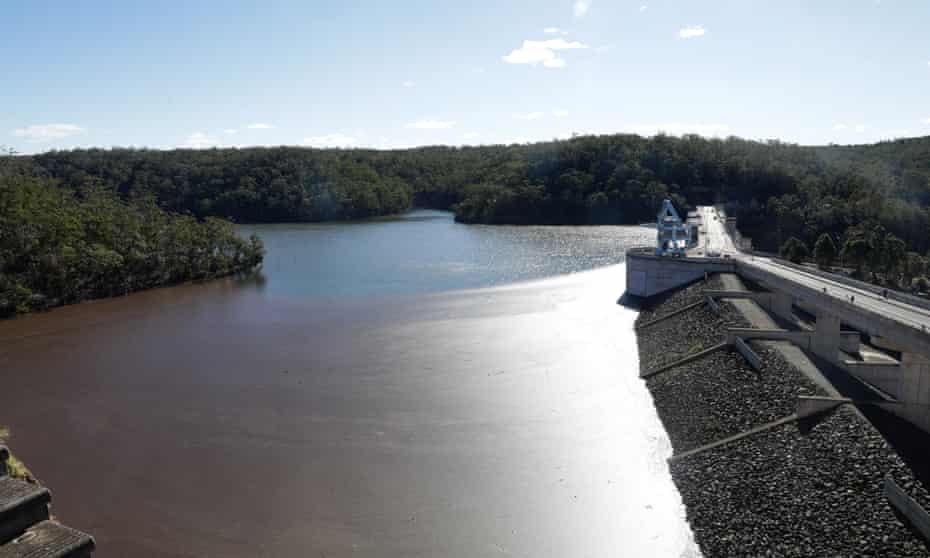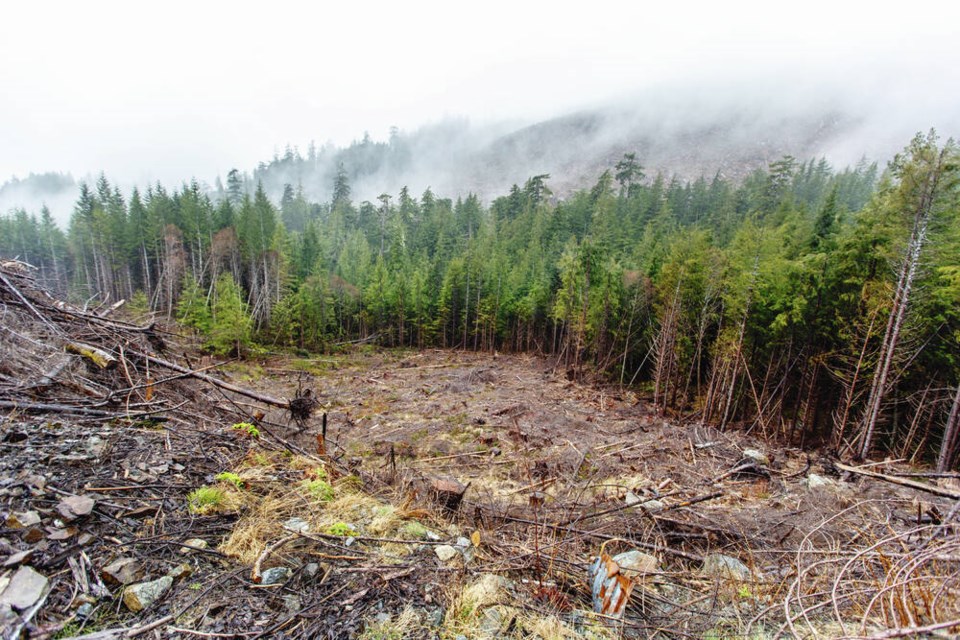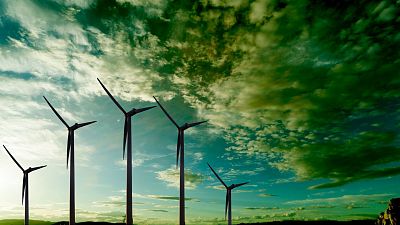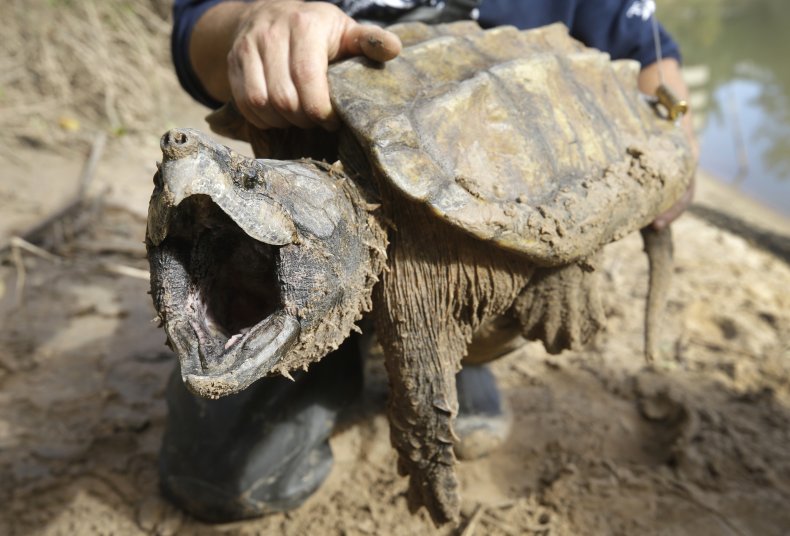Nfld. & Labrador
Vale shopping low-carbon N.L. nickel to burgeoning EV sector; with pledges to get greener
Company confirms it's in talks with suppliers to electric
vehicle market in effort to 'grow our exposure'
Vale is aggressively promoting the low-carbon footprint of its mining and processing operations in Newfoundland and Labrador, with hopes of positioning its eastern Canadian operations as a preferred supplier to the burgeoning battery electric vehicle market.
The company is touting a third-party assessment of its N.L. operations that revealed nickel rounds produced in the province go to market at a substantially lower environmental cost than the industry standard.
Vale is also promising to do even better from an emissions standpoint at its northern Labrador mine in Voisey's Bay, often referred to as one of the most significant mineral discoveries in Canada, and at its innovative processing plant in Long Harbour, Placenta Bay.
"Vale is committed to reducing the carbon footprint of its operations," a company spokesperson wrote in a statement to CBC News.
From diesel to wind power in Labrador
According to the company, plans are in the works to develop wind-powered energy at Voisey's Bay, with the potential to reduce the mine's current greenhouse gas emissions by up to 30 per cent. Vale is working with a partnership involving the business arms of the Innu and Inuit governments in Labrador, and an independent, Toronto-based power producer called Envest.
The company is also studying the viability of converting to an electric boiler at Long Harbour to further reduce diesel use.
The Voisey's Bay mine, a remote site accessible only by air or sea, is powered by diesel generators and is the seventh-largest polluter in the province. In 2020, it reported total greenhouse gas emissions of 111,000 tonnes, according to the provincial government. The processing plant at Long Harbour was less than half that amount, at roughly 46,000 tonnes.
Emissions at Voisey's Bay are expected to increase in the short term as new underground deposits are developed, requiring greater dependence on diesel fuel, but a spokesman said Vale is "on a pathway to substantially reduce its GHG footprint" in Labrador.
Big demand, returns for nickel
With market watchers predicting strong long-term demand and high returns, and with electric vehicle manufacturers and their suppliers scrambling for a reliable and environmentally sustainable supply, nickel producers are looking to get noticed by companies like Tesla.
And Vale is playing a very familiar card in this era of climate change and ethically produced products.
In a recent news release, Vale executive Mark Travers said, "The low-carbon footprint of our Long Harbour rounds positions Vale well in the growing electric vehicle industry, in North America and beyond."
Vale describes its Long Harbour operation as "one of the world's lowest emission nickel processing plants."
In operation since 2014, the Long Harbour refinery produces nickel using what's called hydrometallurgy, rather than the more traditional pyrometallurgy, avoiding the need for high-emission smelters and smokestacks.
An assessment by British-based Intertek Group — an assurance, inspection, product testing and certification company — found that nickel rounds produced in Long Harbour have a carbon footprint of 4.4 tonnes of carbon dioxide equivalent per tonne of nickel.
The global average emissions for Class 1 nickel is 13 tonnes of CO2 per tonne of nickel, and 45 tonnes for class 2 nickel, according to Vale.
Vale a major employer
With data like that in hand, Vale has betting big on its Newfoundland and Labrador operations.
"Customers in this fast-growing market want high-purity, responsibly sourced nickel, and Vale is ready to supply it," said Travers.
CBC was unable to arrange an interview with Travers, but in a followup to a series of questions, Vale officials confirmed talks are ongoing with companies that produce parts and equipment for electric vehicle manufacturers, including battery producers and battery materials producers.

The company would not provide any details about contracts or commitments, but said Vale is keen to "understand their needs, considering current and future volumes, and how we can fulfil part of it and grow our exposure."
That's good news for the hundreds of people working for Vale in the province. Up to last month, the company said there were some 1,000 employees and contractors working in Long Harbour, while a labour leader says the number of unionized workers at Voisey's Bay has swelled to 800.
Vale push is timely
About five per cent of Vale's Class 1 nickel production is sold to the electric vehicle industry, while the biggest demand is from stainless steel producers.
Vale's push into the EV sector is timely on a number of fronts. First, there were an estimated 20 million electric vehicles on the roads by 2020, according to the International Energy Agency, with more than 50,000 electric vehicle registrations in Canada last year.
By 2035, the federal government will require that all cars and passenger trucks sold in Canada be zero-emitting, part of a strategy to meet Canada's climate targets, including a net zero emissions commitment by 2050.
It sets the stage for a scenario in which fossil fuels are slowly phased out while the market for the lithium-ion batteries that power electric cars grows.
Nickel is a critical ingredient in these batteries, and experts believe that as battery technology evolves, the role of nickel will become even more important as producers look to maximize performance and reduce costs.
Expanding underground
Second, Vale is in the midst of a significant transformation at its Newfoundland and Labrador operations, one that will extend the life of the Voisey's Bay operation.
Operations at Vale's open-pit mine and concentrator in Voisey's Bay began in 2005, with billions in minerals being extracted from the famous Ovoid, at what insiders say was a low cost to Vale.
But the surface mine is nearly exhausted, and Vale has now expanded underground, with the first ore from its Reid Brook deposit reported in June. A second deposit, Eastern Deeps, is scheduled to go into operation next year.
By 2025, Vale expects to be producing 40,000 tonnes of nickel in concentrate, with another 20,000 tonnes of copper and 2,600 tonnes of cobalt as byproducts.
Up to 2019, nickel production in Newfoundland and Labrador represented about 22 per cent of the Canadian total, according to the Natural Resources Canada website.
The future is also bright for the Long Harbour refinery, which has reached about 80 per cent of its annual production capacity of 50,000 tonnes.
As part of its development agreement with the province, Vale was given permission to export up to 633,000 tonnes of nickel in concentrate to its smelters in Ontario and Manitoba, while the Long Harbour refinery was being completed.
With Long Harbour now processing 100 per cent of the concentrate shipped out of Voisey's Bay, Vale has begun returning some of the product it shipped out of the province.
"We are now seeing the vision for the plant — processing Voisey's Bay concentrate supplemented with other feed sources. The other feed sources provide a future for the Long Harbour plant that will extend past the time that the deposits in Voisey's Bay are exhausted," a Vale spokesperson said.


































